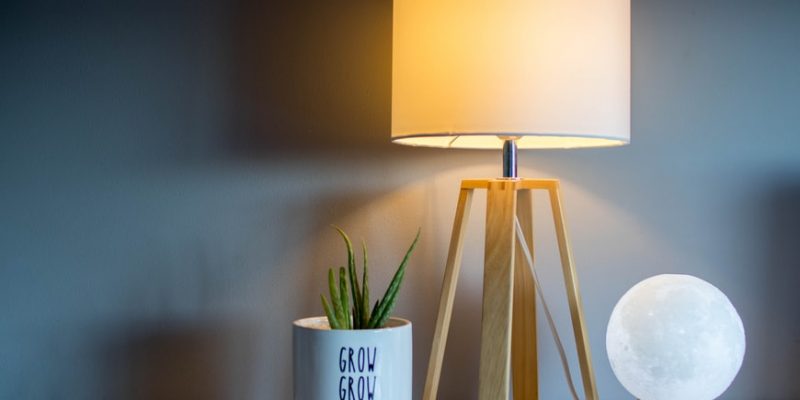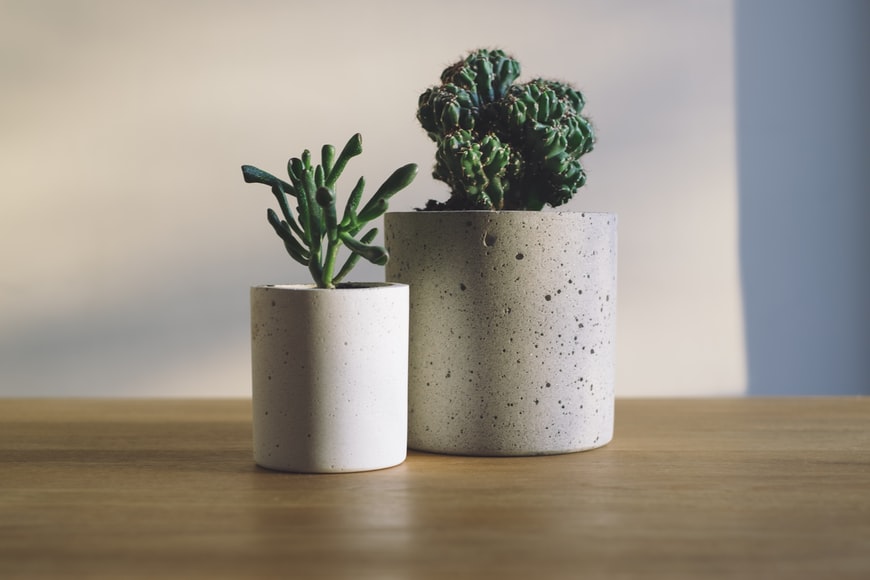LED lights are a type of light bulb that uses light-emitting diodes to produce light. They have many advantages over other types of lights, including their long life, low energy use, and durability. LED lights can also be used to help plants grow.
They are a great choice for growing plants because they emit very little heat. This means that they can be placed close to the plants without damaging them. LED lights are also available in a variety of colors, which can be used to help regulate plant growth. Here are things you should know if you want to use them to grow your plants.
What Color Spectrum Is Good for Plants?
Different plants require different spectrums of light to grow properly. LED lights, which you can find out more here, can produce a full spectrum of colors, allowing the user to select the best one for their needs. Red and blue are usually preferred by growers because they generate high amounts of photosynthetic activity, which allows plants to grow faster and each color affects the plants in different ways. Using an LED light with too much green or yellow, on the other hand, can cause plants to grow too fast.
The way plants react to distinct colors of the light spectrum varies and to complicate things a little bit further, they require different colors of light depending on their development stage. In essence, the kind of light they require as seeds is different from when it’s time for them to bloom. They, however, respond to the visible spectrum that stimulates photosynthesis (which is 400 and 700 nanometers). Plants, in general, absorb more red and blue light, while reflecting more green and yellow light. So, a color spectrum that’s good for the plants needs to supply sufficient light in the red and blue wavelengths.
What Is the Best Light Intensity for Plants?
Different plants require different levels of light. The best way to determine the exact light requirements for your plants is by doing a little research and finding out their specific needs. It’s easy to assume that intense LED grow lights would be better for your indoor plants, but that’s not totally true.
Light intensity, which is measured as PAR (Photosynthetic Active Radiation), is a measurement that expresses the amount of light the grow LED lights produce that your plants can make use of. It would help determine which grow lights produce just the right amount of light in the required wavelengths of the spectrum that’ll produce the best results.
This is determined by using a PAR meter, and you can check various areas in your indoor garden setup to be certain that the light is evenly distributed. What is more important to think about and look out for is the quality of the light rather than the intensity. You can always adjust the intensity by moving your LED lights further or closer away from your plants.
What Are Lumens?
Lumens are a unit of measurement used to describe the total amount of visible light emitted by a source. LED lights typically have high lumens ratings, meaning that they produce a lot of visible light. This makes them ideal for plants because photosynthesis occurs within the leaves, not the stems or roots. The more visible light produced by an LED, the healthier a plant will be.
Benefits of Using LED Lights For Growing Plants
LED grow lights are widely preferred because of the number of benefits they offer to any indoor garden setup. Here are some of the top benefits:
- Longer Lifespan – LED lighting is known to last longer compared to other light sources like incandescent or CFLs. This makes them highly cost-effective in the long run.
- More Efficient – LED grow lights are highly efficient and produce more usable light per watt of electricity, which means that you don’t need as many watts to power them compared to other types of lighting. This makes operating costs lower as well.
- Less Heat (Temperature) Generation – LEDs generate much less heat than other types of lighting. This makes it safer to operate around plants.
- Less Risk of Accidental Fire – LEDs emit less heat and use less electricity, which means they are much less likely to cause fire accidents.
- Easy On the Eyes – LED lights, especially dimmable ones, produce very little glare and can be looked at without eye strain or discomfort for an extended period of time. This makes it possible to work around plants even in dark conditions.
LED lights have been shown to be a great way to help plants grow. Not only do they emit the correct wavelengths of light for plant growth, but they also use less energy than other types of lighting. LED lights can be used in conjunction with traditional methods of growing plants or as a standalone option. If you’re looking for an easy and efficient way to help your plants grow, consider using LED lights.





















